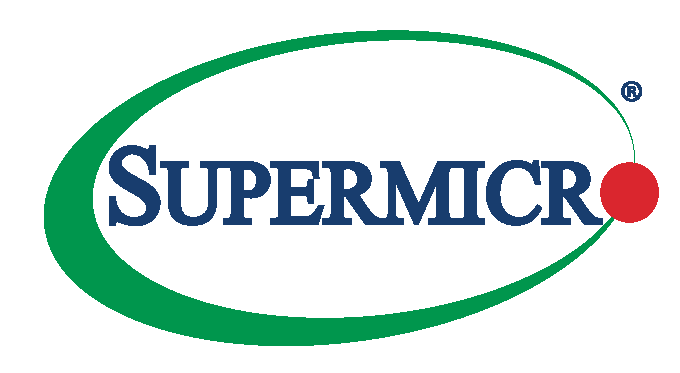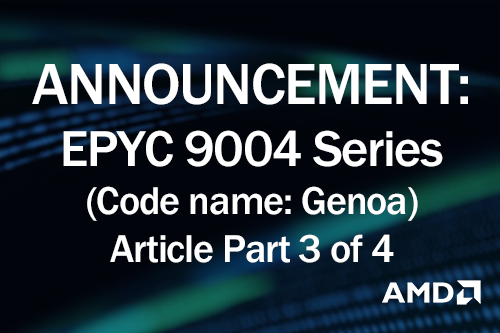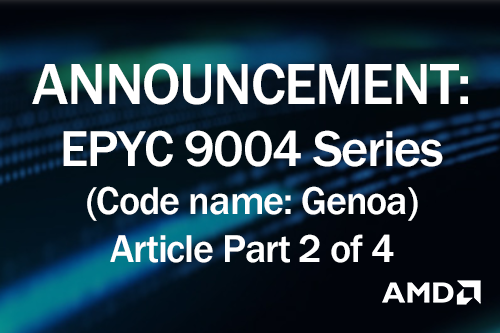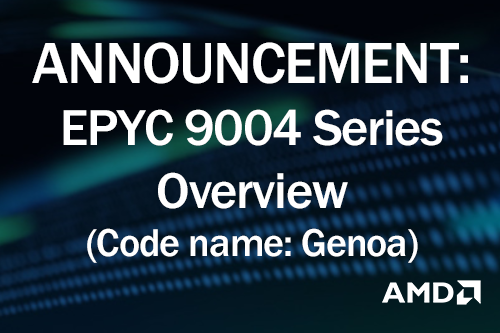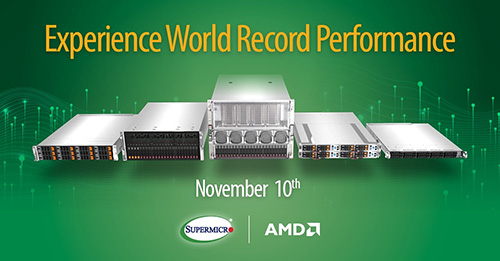Enter Your Animation in Pixar’s RenderMan NASA Space Images Art Challenge
For the first time, challengers can run their designs using thousands of AMD EPYC™ core CPUs, enabling artists to develop the most complex animations and the most amazing visualizations. “The contestants have access to this professional-grade render farm just like the pros. It levels the playing field,” said James Knight, the director of entertainment for AMD. “You can make scenes that weren’t possible before on your own PC,” he said.
One of the biggest uses of performance-intensive computing is the creation of high-resolution graphic animations used for entertainment and commercial applications. To that end, AMD and Pixar Animation Studios have announced the ninth RenderMan Art Challenge, which is open to the public. The idea is to encourage creative types to use some of the same tools that professional graphic designers and animators use to build something based on actual NASA data.
The winners will be determined by a set of Pixar, NASA and Industrial Light and Magic judges. The projects must be submitted by November 15 and the winning entries will be announced at the end of November.
This year’s challenge provides access to the AMD virtual Azure virtual machines, letting contestants use the highest-performing compute instances. Contestants will be given entrance to The AMD Creator Cloud, a render farm powered by Azure HBv3 composed of high-performance AMD EPYC™ processors using AMD 3D V-Cache™ technology.
For the first time, challengers can run their designs using thousands of AMD EPYC™ core CPUs, enabling artists to develop the most complex animations and the most amazing visualizations. “The contestants have access to this professional-grade render farm just like the pros. It levels the playing field,” said James Knight, the director of entertainment for AMD. “You can make scenes that weren’t possible before on your own PC,” he said.
The topic focus for this year’s challenge is space-related, in keeping with NASA’s involvement. The challenge provides scientifically accurate 3D NASA models, including telescopes, space stations, suits and planets. One of the potential advantages: many of past contests have ended up working at Pixar. “The RenderMan challenge gives everyone a chance to learn new things and show their abilities and creativity. The whole experience was great," said Khachik Astvatsatryan, a previous RenderMan Challenge winner.
Dylan Sisson, a RenderMan digital artist at Pixar, said “With the advancements we are seeing in hardware and software, individual artists are now able to create images of ever-increasing sophistication and complexity. It is a great opportunity for challengers to unleash their creative vision with these state-of-the-art technologies."



